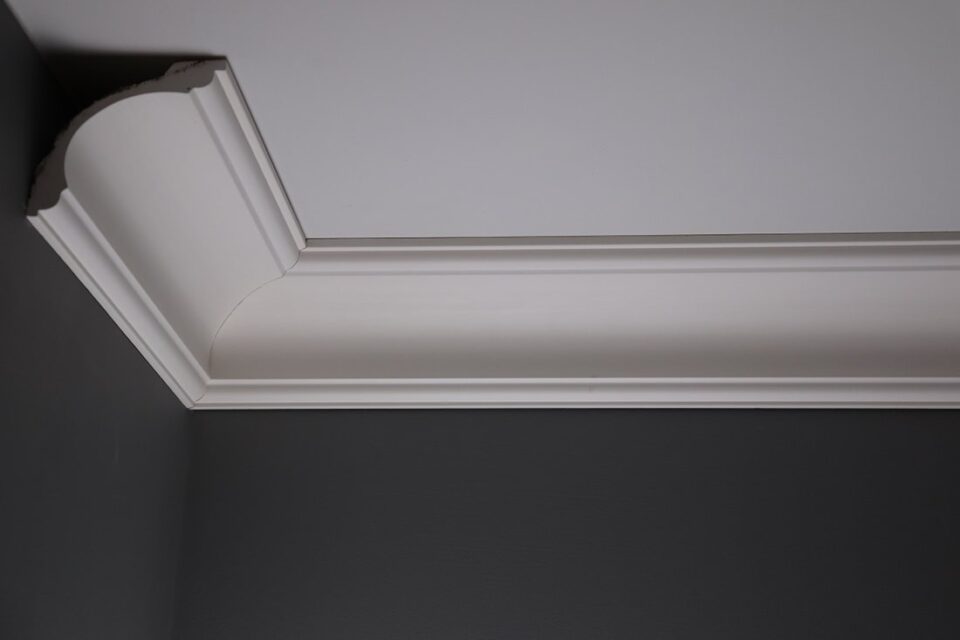One of the important elements of interior design is ceiling architrave. It increases and completes the overall aesthetics of the room. Also, it offers beauty, depth and individuality to your room as it acts as a decorative border installed around the ceiling. Here, you can find out more about the different ceiling architrave styles and patterns that you can engage in your house.
What Exactly Is a Classical Architrave?
An important design element seen in ancient Greek and Roman architecture are classical architraves. They are horizontal beams or lintels that rest atop pillars or columns and support the weight of the construction above.
- The epistyle or beam, the frieze, and the cornice make up the majority of architraves.
- The epistyle is the main horizontal beam that runs across the tops of the columns or pillars. It usually has a slightly convex curve to create strength and stability.
- The frieze is the middle section of the architrave and often features decorative relief sculptures or ornamentation.
- The cornice is the topmost part of the architrave and serves as a decorative element, often featuring molding or other decorative details.
Types
1. Classical Architrave
The classical architrave style is inspired by ancient Greek and Roman architecture. It typically consists of a simple, flat board that is installed parallel to the ceiling and wall. This type of architrave is renowned for its clean lines, balanced proportions, and understated elegance. It can work well in both traditional and contemporary interiors, adding a touch of timeless charm.
2. Ornate Architrave
For those looking to make a bold statement, an ornate architrave is an ideal choice. This style features intricate patterns, elaborate carvings, and detailed motifs that are sure to capture attention. Ornate architraves can come in various designs, such as floral, scrollwork, or geometric patterns, creating a stunning visual effect.
3. Victorian Architrave
Victorian architecture is characterized by its lavish ornamentation and grandeur. Victorian architraves often include intricate detailing such as dentil molding, fluting, egg-and-dart motifs, and decorative corbels. These architraves work well in Victorian-era houses or those trying to evoke a sense of timeless elegance.
4. Egg and Dart Architrave
The egg and dart architrave features a classic pattern that has been used since ancient times. The design consists of alternating oval shapes (eggs) and arrow-like shapes (darts) in a repetitive pattern. This style brings a touch of sophistication and regality to a space, making it a popular choice for formal settings such as dining rooms, libraries, or offices.
5. Beaded Architrave
Beaded architrave is a versatile choice that can fit well in both traditional and contemporary interiors. This style features a series of small, rounded beads that run along the outer edge of the architrave, adding texture and interest. Beaded architrave can provide a subtle decorative touch, creating a sense of refinement and craftsmanship.
6. Art Deco Architrave
The art deco period of the 1920s and 1930s is known for its bold geometric patterns, sleek lines, and luxurious materials. Art deco architraves often incorporate designs such as stepped or layered motifs, sunburst patterns, or zigzag shapes. These architraves can bring a sense of glamour and sophistication to a modern space, adding a touch of retro elegance.

